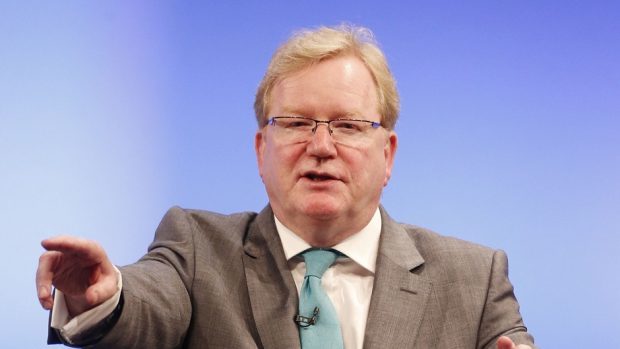Striking the right tone is always difficult.
From best man speeches to a public complaint at airport check-in, oratory has a variety of subtleties to be harnessed.
It is not a question so much of what you say, as how you say it.
Timing, variation of volume and careful gesticulation are just some of the factors that can turn you from Homer of the Iliad to Homer of the Simpsons.
Jackson “Cicero” Carlaw, however, showed parliament how it’s done.
In a chamber often bereft of basic grammar – let alone confident charisma – Ruth Davidson’s deputy spoke with such panache he wouldn’t even have looked out of place in the Commons.
Turning from the right to the left, his suit carefully buttoned, Mr Carlaw held his fellow MSPs entranced.
For one thing, his jokes – focusing on the dress, even the age, of some in cabinet – were generally funny, but his speech was more than stand-up comedy.
His acerbic and shrewd wit subtly probed the SNP ranks, the machinations of backbenchers and internal rivalries.
The relationship between Derek Mackay, the new finance secretary, and Humza Yousaf, the new transport and islands minister, was the highlight of his particularly perceptive analysis.
Both considered rising stars of the SNP, Mr Carlaw regaled the chamber with a tongue-in-cheek routine of their “shadow boxing” careers of one-upmanship.
For the observed viewer, it was reminiscent of William Hague at his best.
Of course, a key rule of public speaking is never to follow a class act. Unfortunately, after the last election when Labour slipped into third, that was the position where Kezia Dugdale found herself.
She too was jovial, but, like the first minister, was too earnest and serious to be truly funny – and more, importantly, engaging and perceptive.
The mixing of jokes with often scathing attacks, not quite catching the mood of the chamber, gave her speech a jittery feel.
She was not alone.
Others too struggled, with Willie Rennie’s jest about tax relief for cheesy pasta – a reference to the party leader’s election interviews with TV personality Gary Tank Commander – proving a little niche.
No, it was Mr Carlaw’s day. But being the much-touted strong opposition involves much more than just speaking well.
The test of Mr Carlaw – and the Tories – will be if they can act well too.










